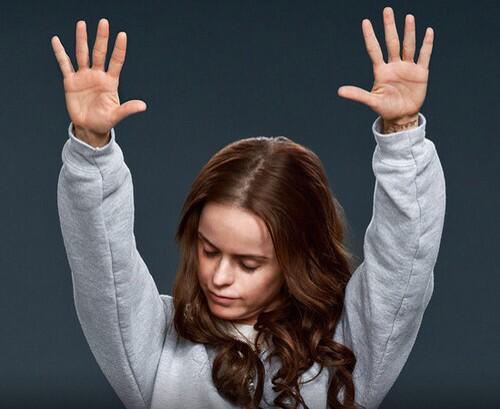
Is Pro-Choice The New Black?
Pennsatucky, the Catholic woman jailed for her violent abortion clinic protests, in Orange Is the New Black, exemplifies emotions that are generally present when discussing abortion. However, as Munson describes, abortion wasn’t always such a moral issue. She writes that “the moral concern about abortion has been constructed in bits and pieces over the course of American history by different sets of people and organizations” (Munson 95). A few of these “bits and pieces” changing the way the United States views abortion has to do with the Catholic Church’s pro-life organizations in the 1960s and 1970s and the Roe v. Wade court decision.
Abortions were permitted until the nineteenth century, but when “physicians used abortion to make a symbolic claim to medical expertise,” the law transformed to abortions regarded as illegal with the exception of the mother’s life being threatened (78). The seriousness of the law went back and forth until Roe v. Wade. After the court’s decision was released, abortion was finally legalized with specific conditions, which is how Pennsatucky was able to receive her abortions. The pro-life movement then accomplished the passing of the Hyde amendment and stricter abortion requirements. As the video displays, Pennsatucky’s guilt is partly due to her Catholic religious affiliation. This is no surprise, as the pro-life movement developed in the Catholic Church during the 1960s and 1970s (Munson 82).
Although the change to legalized abortions is significant, the procedure’s support still remains less accepted than other views dealing with gender, sexuality, and religion. This can also be seen in Pennsatucky’s case. She was placed in Litchfield for violent demonstrations against abortion, when she herself had gone through the procedure multiple times. Her yearning to be a part of the pro-life movement contradicts her actions which exemplifies how American’s blended idea of gender, sexuality, and religion has “changed little since the 1970s” (Fischer 1). Mixing all three controversial issues make the idea more difficult for society to accept.
Today, there remains “substantial obstacles to obtaining a legal abortion…in comparison to the availability of other gynecological/obstetric services,” few easily accessible clinics, and costly procedures (Munson 90). Despite the work that goes into receiving an abortion, the moral issue of abortion remains controversial among the pro-life and pro-choice movements. Lastly, it is important to note that “becoming an activist involves much more than simply a moral shock, perceived wrong, or suddenly imposed grievance…It is a process that occurs in several steps that bring together personal biography with social dynamics and the activities of social movements” (Munson 84).